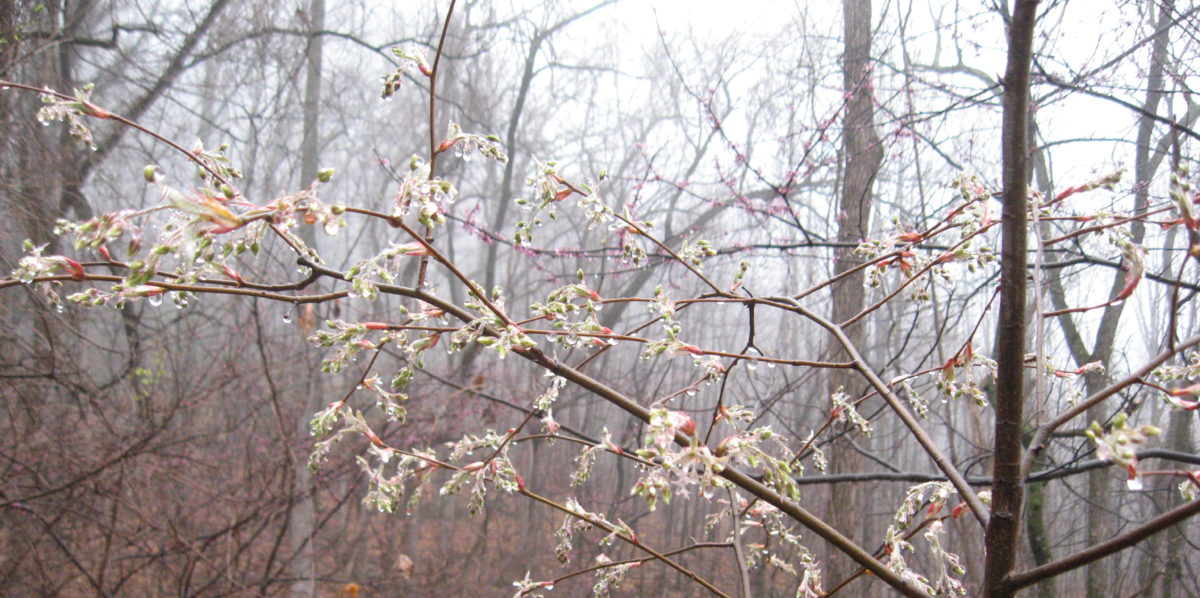A recent poll by The Economist and YouGov found that 37% of Republicans have a “favorable view” of Russian leader Vladimir Putin. (It’s 10% of Democrats also!; I don’t know who these Democrats are and I don’t want to know.)
That’s a “favorable view” of someone who is responsible for the deaths of Syrian civilians in the tens, if not hundreds, of thousands. That’s in addition to thousands of casualties resulting from Russia’s invasion of Ukraine and annexation of Crimea, plus the bloody invasion of Georgia in 2008, not to mention cyberwarfare against Baltic states, and, within Russia itself, continuing violent repression of critical investigative media and opposition voices in general. In other words, a “favorable view” of someone for whom there’s a compelling case to charge as a war criminal several times over.
Oh, and we might mention that he lies about absolutely everything that sheds a bad light on Russia (last I heard he was still denying that Russian troops had entered eastern Ukraine, except to protect Ukrainian rebels. Why does this sound like Saturday Night Live?).
Continue reading “37%!?! The Trumputin Effect, Tribalism, and Strongmen”
